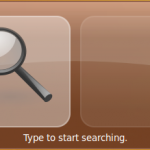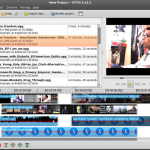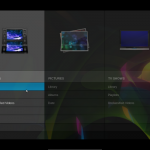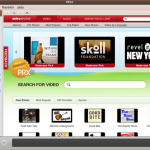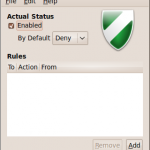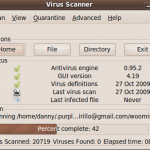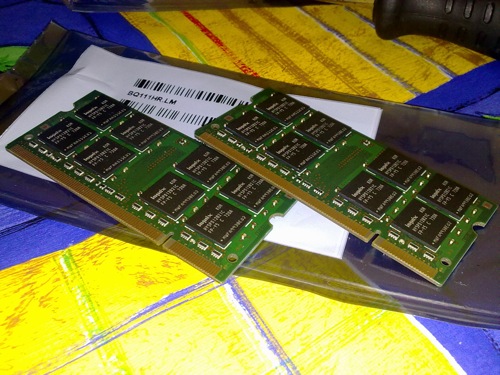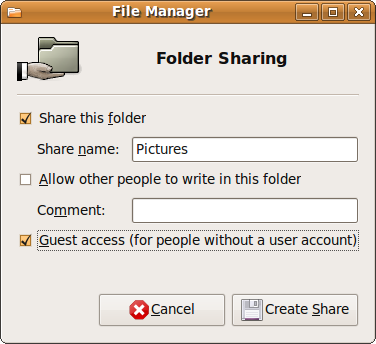I just installed Synergy on my Ubuntu and Mac OS X laptops and now I can control both from one keyboard and mouse. It works fairly well, although I do wonder:
- What are the special Mac keys mapped to on my beige PC keyboard?
- I’ll have to stretch if I move my Macbook away from my desk. (joking)
It’s easy enough to install, on Ubuntu the Linux version is already in the repositories, so the following will install a simple gui tool to configure and run a server.
aptitude install quicksynergy
That will install Synergy as well.
Run “quicksynergy” from a terminal, go to the “Use” tab and give it the IP address of your machine. Then enter the hostname of your second (or third or fourth..) computer in whichever direction you want. My Macbook is on the left.

Before clicking “Execute”, I downloaded the Mac OS X version of Synergy, untarred it and after reading the documentation, fired up the client with:
./synergyc -f 192.168.1.20
Moments later, the following message popped up on my Ubuntu terminal,
NOTE: CServer.cpp,278: client “donncha-o-caoimhs-macbook.local” has connected
Now I can move the mouse cursor off the left side of my Ubuntu screen and it starts moving on my Macbook!
I don’t think I’ll use it full time as I’d strain my back or neck typing on a keyboard in front of me and twisting my neck to see my Macbook but it’s a nice tool to have. Over WiFi moving the mouse cursor stuttered a small bit, so it’s unlikely you’ll want to do intricate pixel work with it.
I’ll have to try a day’s work with it to judge it properly.

